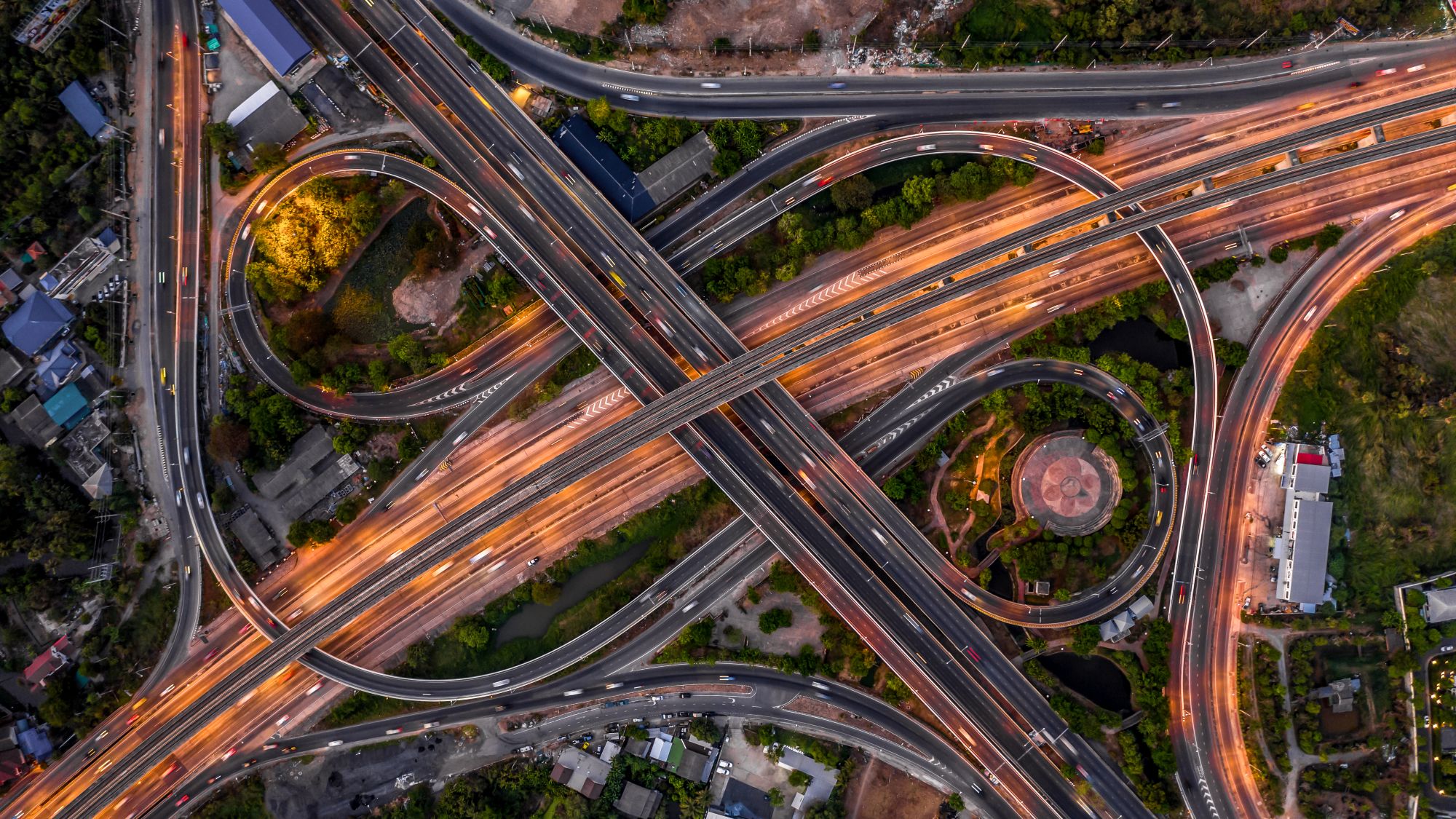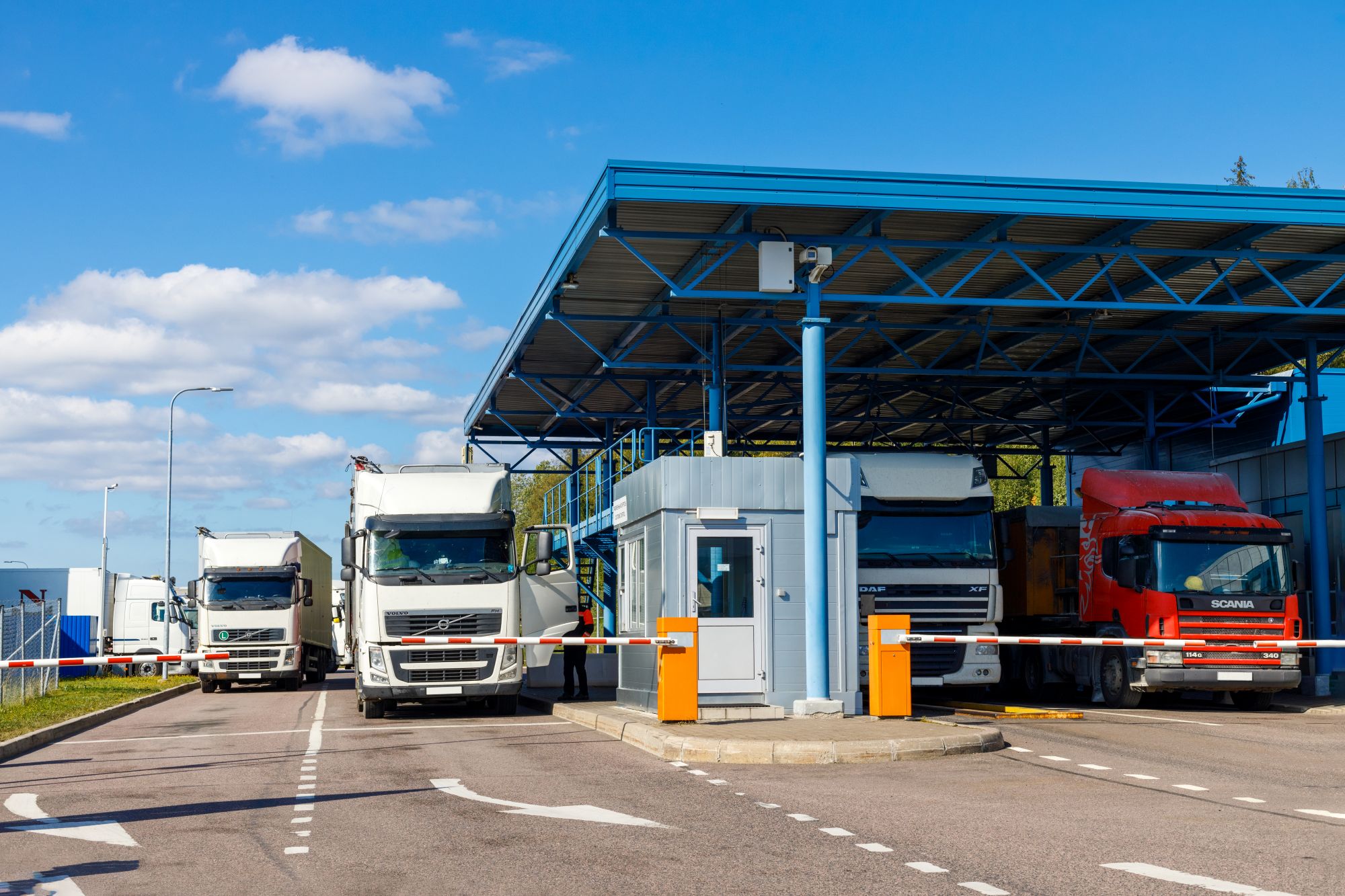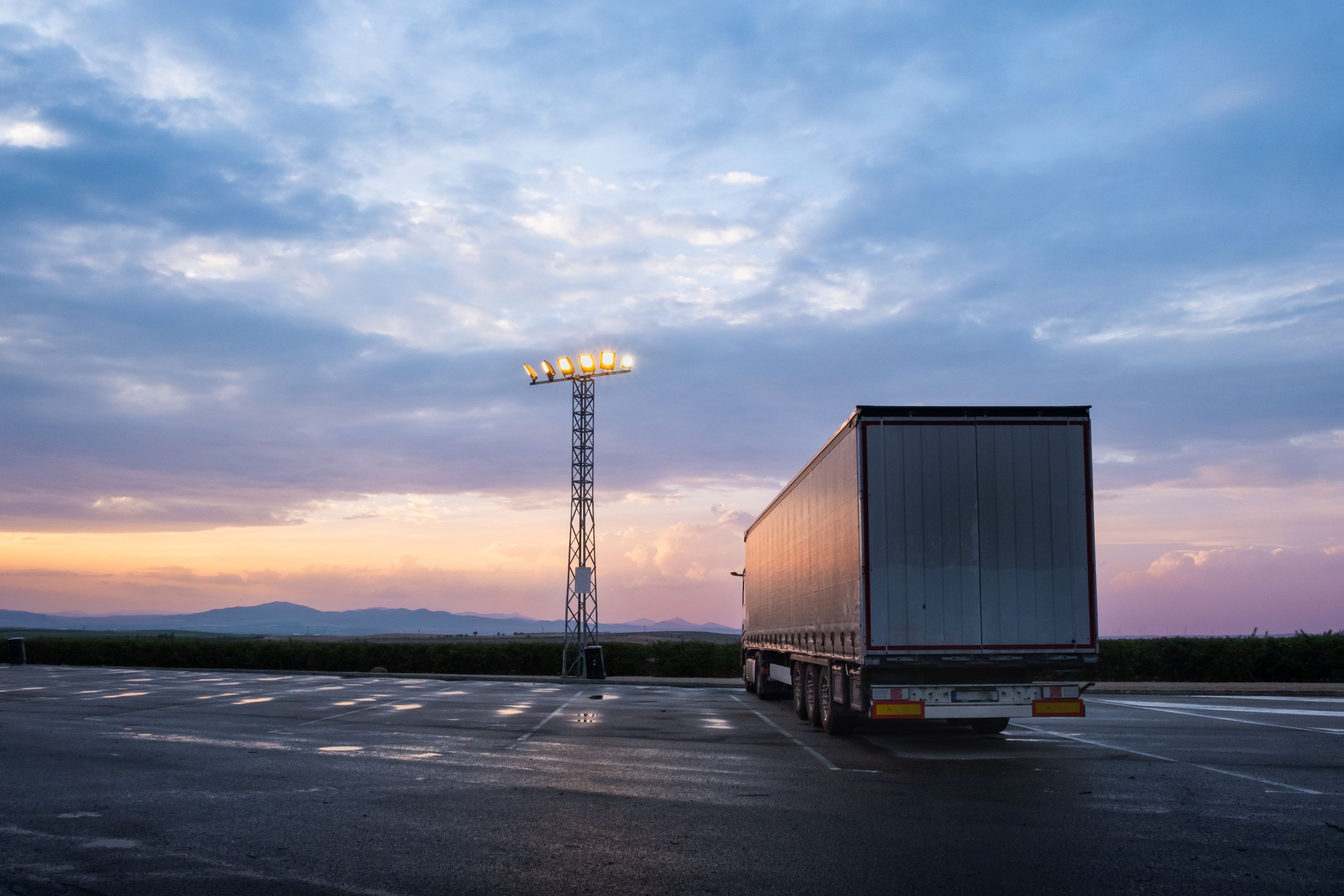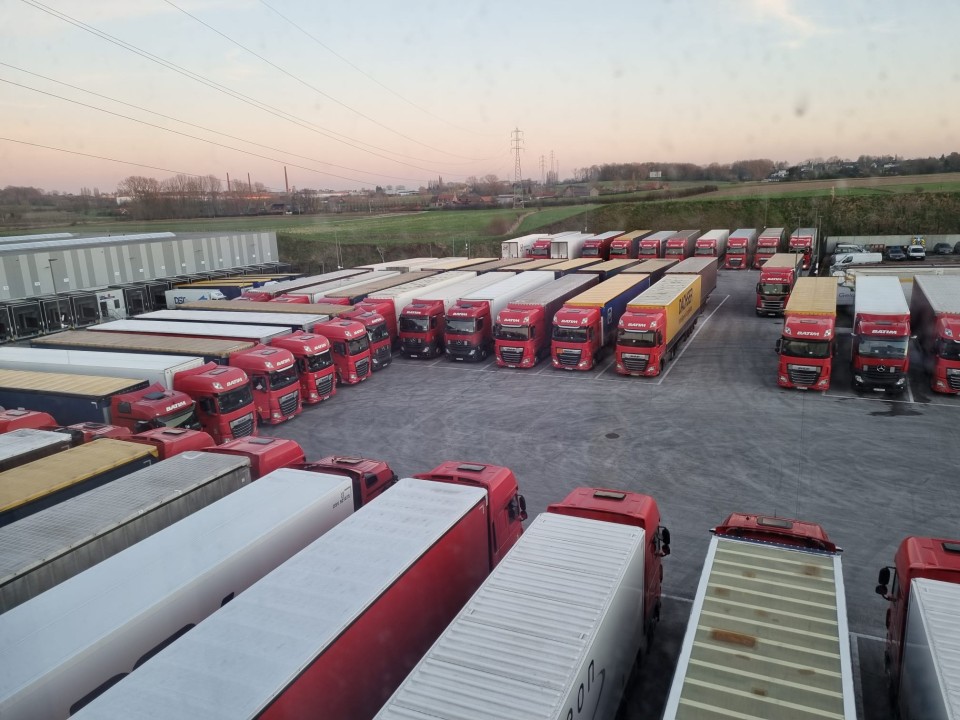
Susie Jones
Batim International Transport & Spedition's SNAP journey
Created: 19/02/2025
•
Updated: 19/02/2025
Founded in 1995, Batim International Transport provides transport and freight forwarding services across Europe. The company prides itself on excellent quality and a state-of-the-art fleet consisting of SCANIA and Mercedes vehicles.
The company has its headquarters in Stary Sącz, Poland is no stranger to growth. In its early beginnings, Batim started with two tractor units and now has over 500.
In this short time, the company acquired many accreditations and certificates - including the 2014 Best Employer of the Year and Forbes Magazine recognition in 2015. By expanding the company's fleet and improving its services, the company is constantly striving for growth.
Batim International joined SNAP in the early days and continues to use its SNAP Account to book parking spaces across Europe for its large fleet. We spoke to Operations Manager, Krzysztof, who talks about the company’s experience with SNAP.
SNAP benefits for fleets
SNAP provides fleets with over 450 service partners across Europe where they can use our fleet payment solution. “We joined SNAP for the no cash transactions” explains Krzysztof.
A benefit for many fleets as SNAP provides a payment solution to pay without cash or a card for truck services. This payment solution can be used on items such as truck washing, Dartford Crossing, and truck parking. The latter, Krzysztof states, has been particularly beneficial.
“SNAP has benefited me by giving me the possibility of booking a parking lot, so I don’t have to worry about a place for the driver.”
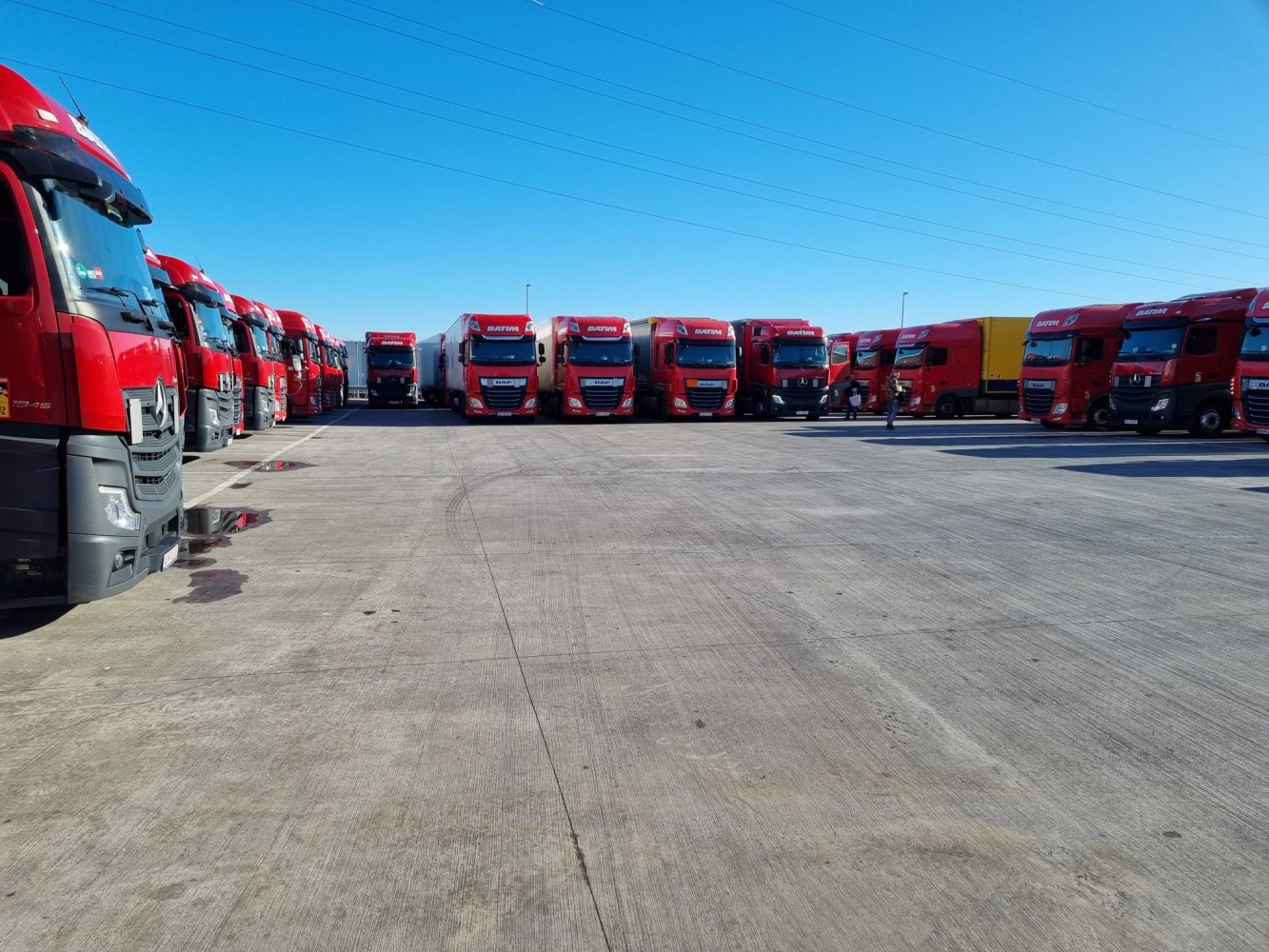
The ability to search for a truck stop service partner through SNAP has also been an advantage for Krzysztof. He explains that "the possibility to check and find all the detailed information on many truck stops in different countries, to be sure there is everything needed regarding particular cargo and facilities for the drivers" has been one of the most useful features for him.
Additionally, SNAP has huge benefits for Batim’s drivers. Krzysztof's fleet of drivers can rest assured knowing they have a large network of truck parks and depot parking sites to choose from. Krzysztof says SNAP’s “large network of truck parks" has been invaluable.
Many businesses across the continent have added to their earnings with our Depot Parking Scheme. The scheme allows fleets to offer their depot parking spaces to the network and make extra cash - helping drivers avoid vulnerable laybys and industrial estates. Batim International is helping to alleviate the European parking shortage by joining this scheme with their depot in Belgium. The site offers 20 spaces for other drivers when their trucks are on the road.
SNAP service partner impact on driver well-being
Driver well-being has been a hot topic of discussion within the trucking community. As a demanding profession, it’s easy to see how long hours, social isolation, and a sedentary lifestyle can affect mental health.
Fleets have a responsibility to look after their drivers' well-being. However, truck stops can have a significant impact too. Depot parking sites and truck stops with basic facilities can significantly improve driver well-being. Something Krzysztof and the team think is vital for their fleet of over 800 drivers.
When asked about what truck stops can do to assist with driver well-being, Krzysztof states “Predominantly drivers need a clean shower and toilet.” Seemingly a simple solution to many, however, the impact it can have on a driver’s experience is substantial.
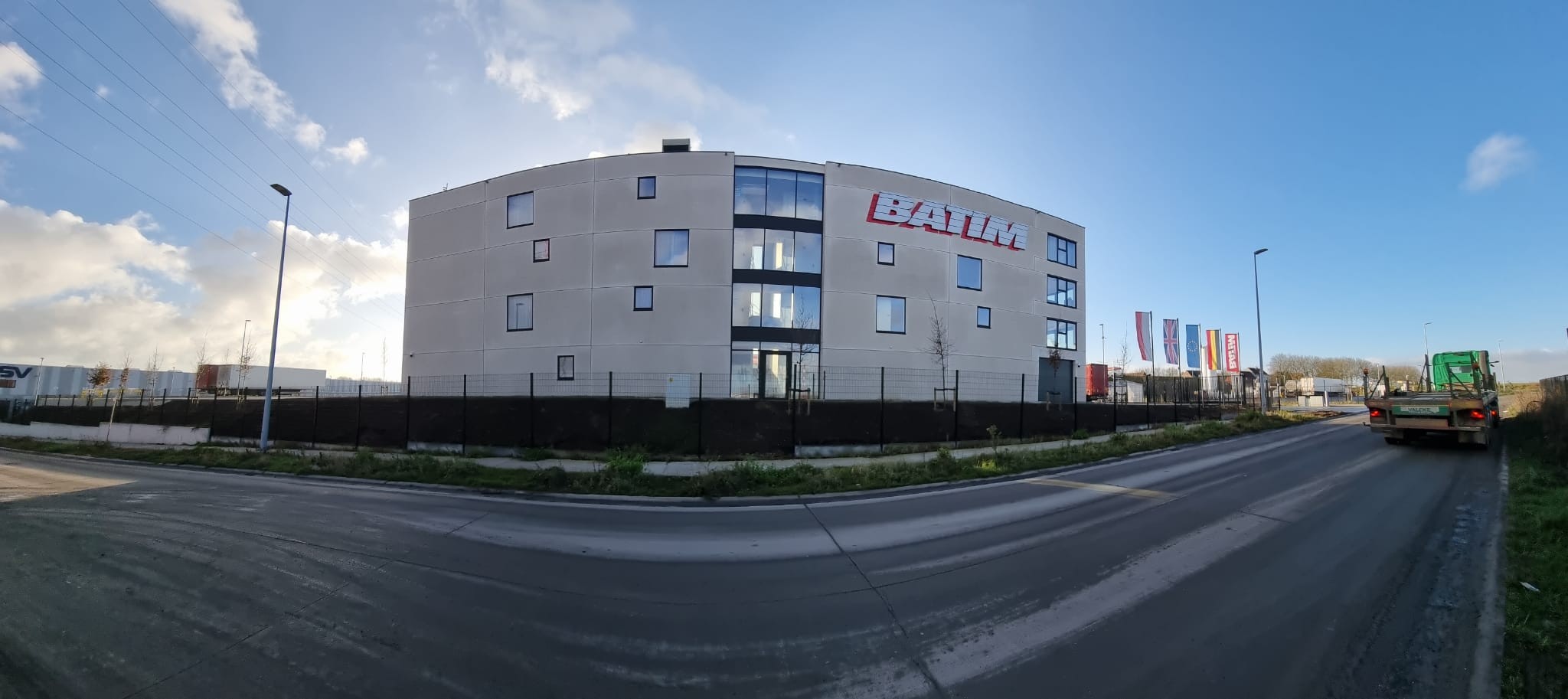
Customer service with SNAP
Providing fleets and drivers with the support they need to run efficiently and effectively is something we pride ourselves on at SNAP. Our experienced Customer Service & Account Management team assist fleets and drivers with any queries. Something Krzysztof and the team have found useful.
“We have contacted SNAP’s customer service team – via email as well as on the phone. We’ve always been met with an individual approach regarding a single case, an understanding, and goodwill from the employees of SNAP to help as much as possible” Krzysztof explains.
Sign your fleet up for SNAP today
Our fleet payment solution is used every 13 seconds across the continent to pay for truck services. Visit snapacc.com to join over 7,000 fleets using SNAP Account as their all-in-one fleet payment solution.
